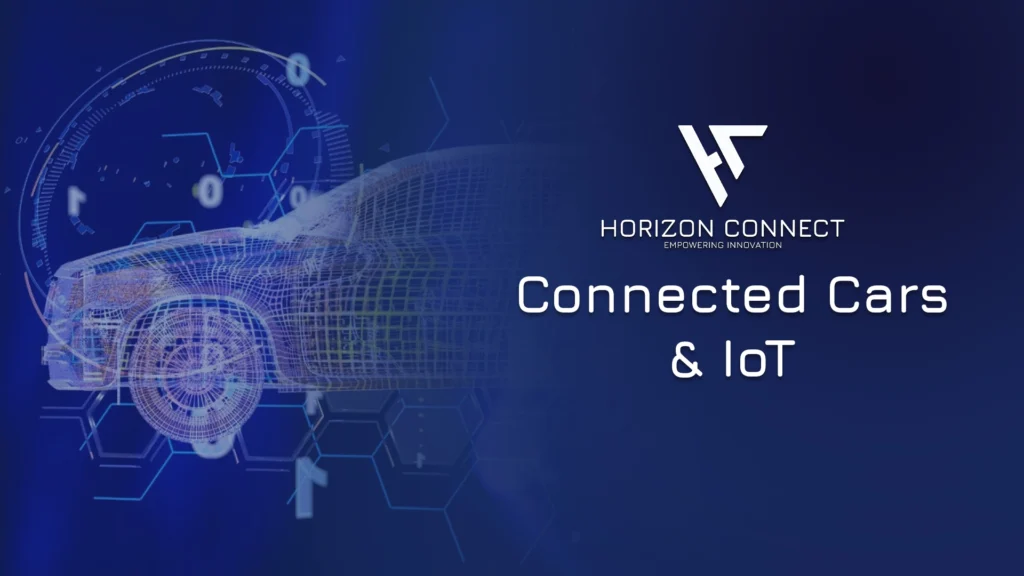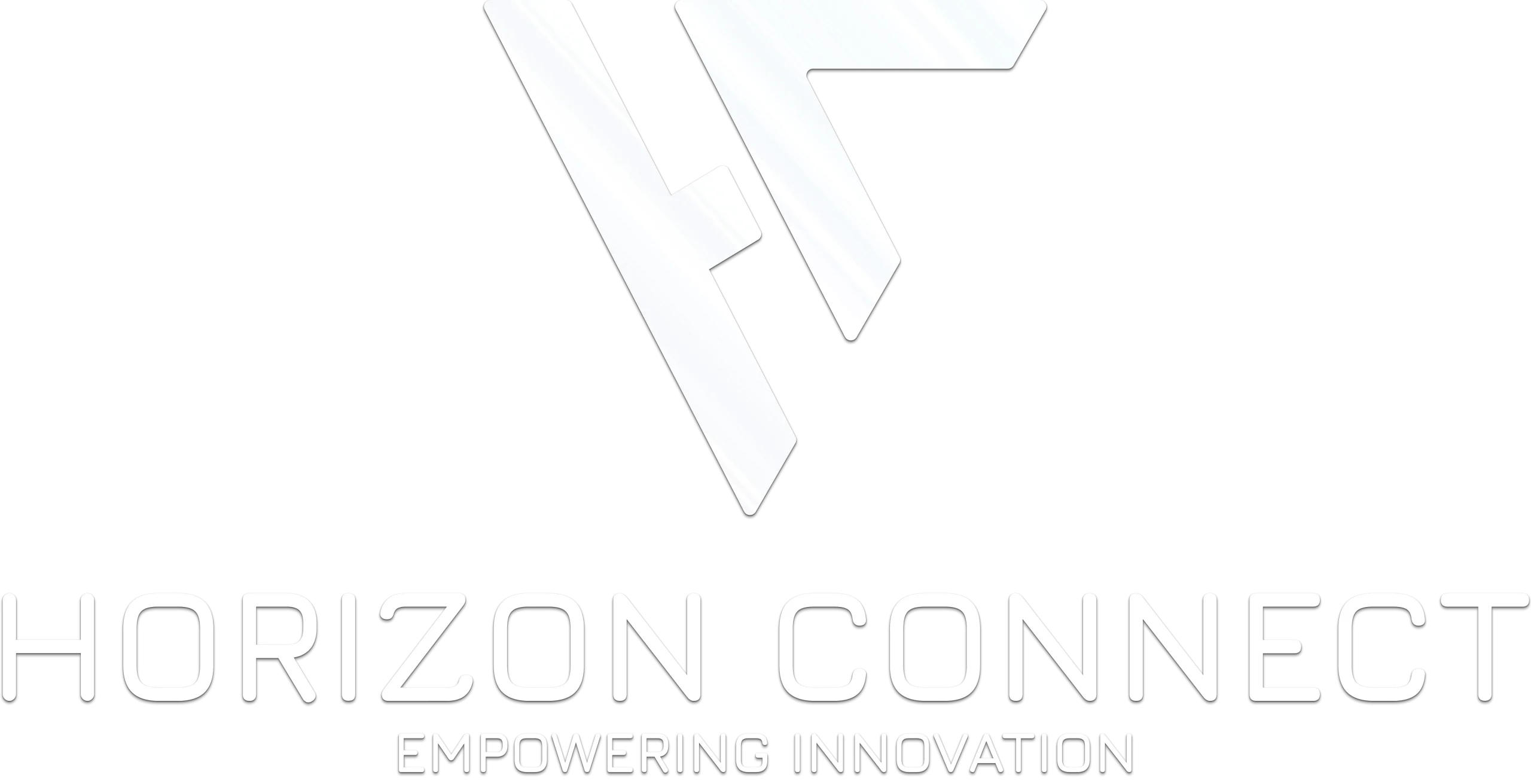The automotive industry is rapidly evolving with the integration of advanced technologies, and connected cars and IoT (Internet of Things) are at the forefront of this transformation. By leveraging IoT, connected cars are becoming smarter, more efficient, and increasingly capable of delivering a seamless driving experience. Horizon Connect is committed to leading this innovation and helping shape the future of automotive technology.
What Are Connected Cars?
Connected cars are vehicles equipped with internet access and the ability to communicate with other devices inside and outside the car. This connectivity enables various advanced features, from real-time navigation and remote diagnostics to enhanced safety systems and personalized infotainment.

The Role of IoT in Connected Cars
The Internet of Things (IoT) is a network of interconnected devices that communicate and exchange data. In the context of connected cars, IoT plays a critical role in enabling communication between vehicles, infrastructure, and various digital services. This connectivity allows for real-time data exchange, leading to smarter, safer, and more efficient driving.
Key Features Enabled by IoT
- Vehicle-to-Everything (V2X) Communication: IoT enables V2X communication, allowing cars to interact with each other, traffic signals, road infrastructure, and even pedestrians. This interaction enhances safety by providing real-time alerts and enabling autonomous driving features.
- Remote Diagnostics and Predictive Maintenance: IoT allows for continuous vehicle health monitoring, enabling remote diagnostics and predictive maintenance. This proactive approach reduces the likelihood of breakdowns and ensures that vehicles are always in optimal condition.
- Enhanced Infotainment Systems: Connected cars leverage IoT to deliver personalized infotainment experiences. From streaming music and videos to providing tailored navigation and restaurant recommendations, IoT makes the driving experience more enjoyable and convenient.
- Smart Traffic Management: IoT-powered connected cars can communicate with traffic management systems to optimize traffic flow, reduce congestion, and minimize travel time. This feature is especially beneficial in smart cities where traffic management is critical.
- Over-the-Air (OTA) Updates: IoT enables over-the-air software updates, ensuring that the vehicle’s systems are always up-to-date with the latest features and security patches without needing a visit to the dealership.
The Future of Connected Cars
The integration of IoT in connected cars is still in its early stages, but the potential is immense. As 5G networks expand, the capabilities of connected cars will grow exponentially, enabling faster communication, more reliable connections, and a broader range of applications.
Challenges of Connected Cars and IoT Ahead
Despite the promising future, some challenges need to be addressed:
- Cybersecurity Risks: With increased connectivity comes the risk of cyberattacks. Ensuring robust cybersecurity measures is essential to protect vehicles from potential threats.
- Data Privacy Concerns: Connected cars generate vast amounts of data. Protecting user privacy and ensuring that data is used ethically is crucial.
- Standardization: The lack of standardization in communication protocols and IoT platforms can hinder the widespread adoption of connected car technology. Collaborative efforts are needed to establish industry-wide standards.
Conclusion
Connected cars and the Internet of Things represent a significant leap forward in automotive technology. As these technologies continue to evolve, they promise to deliver unparalleled benefits in terms of safety, efficiency, and convenience. Horizon Connect is proud to be a part of this journey, leading the way toward the next big thing in the automotive industry.


